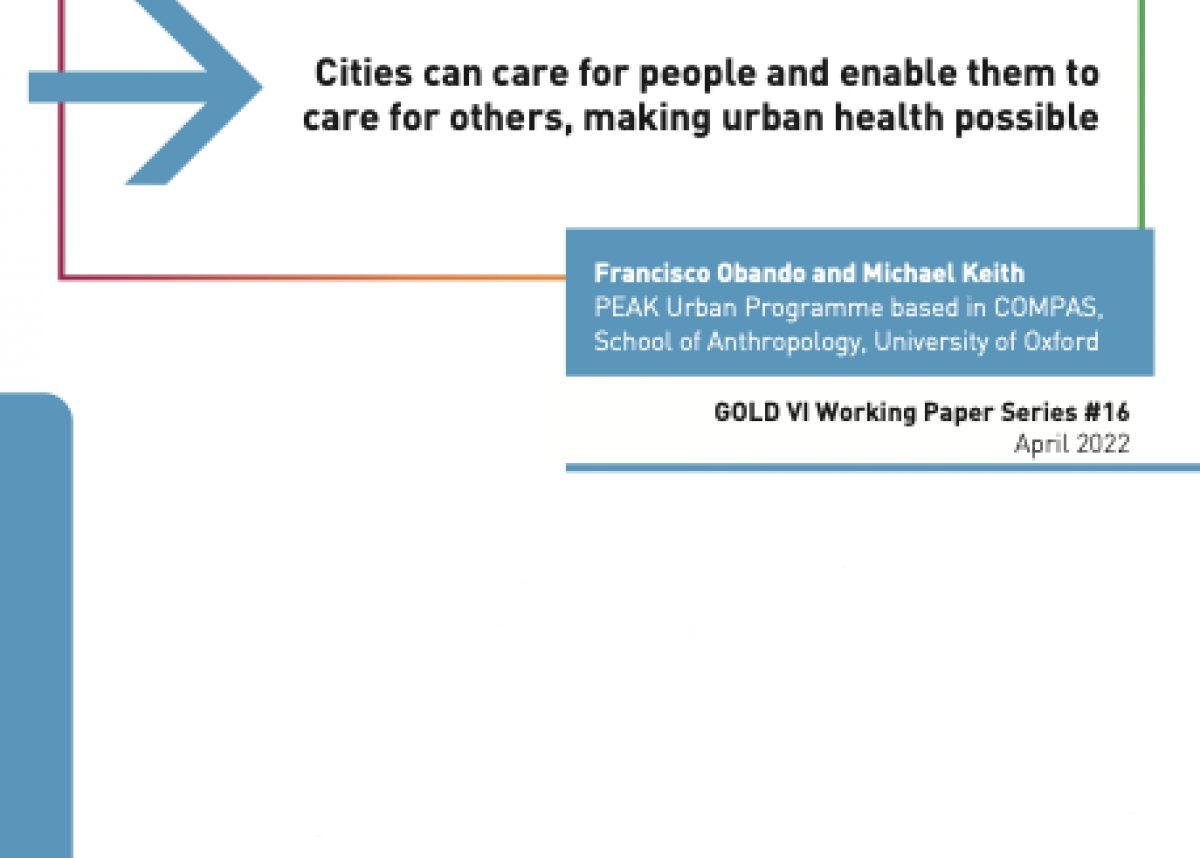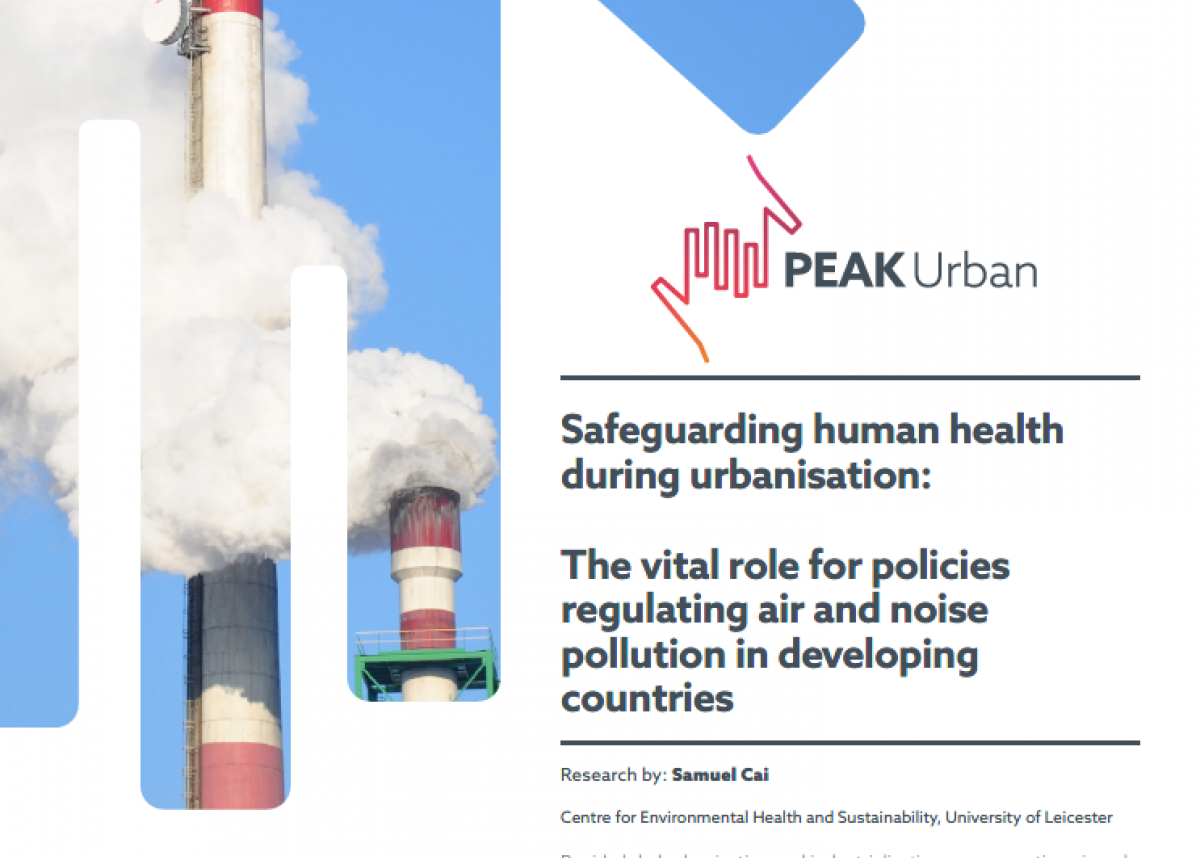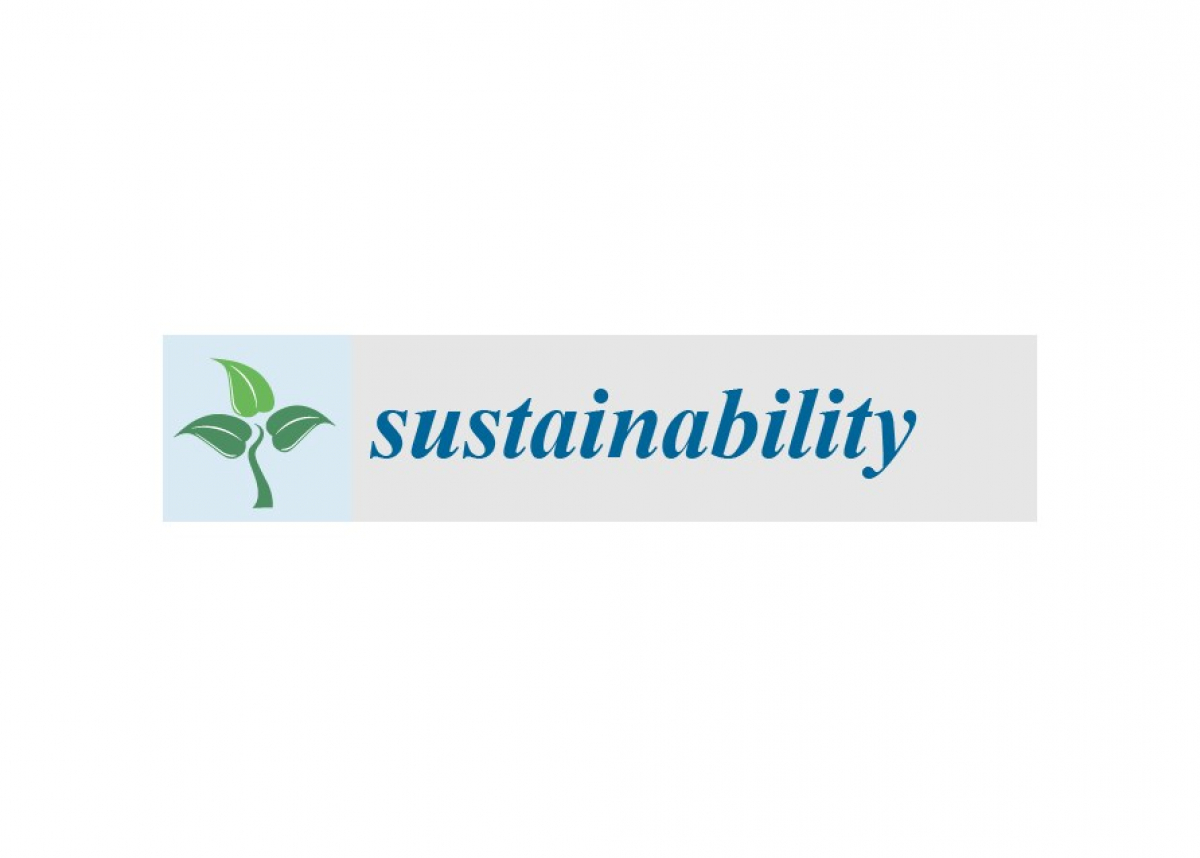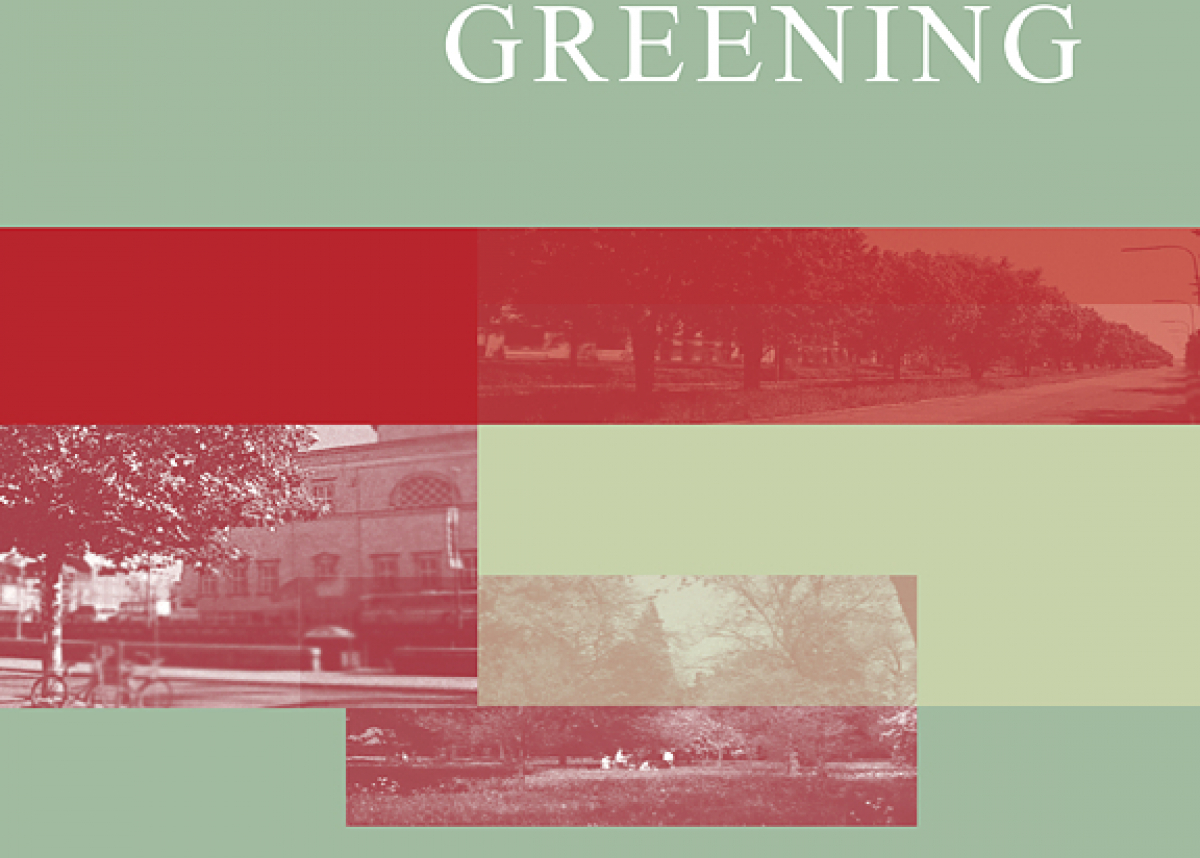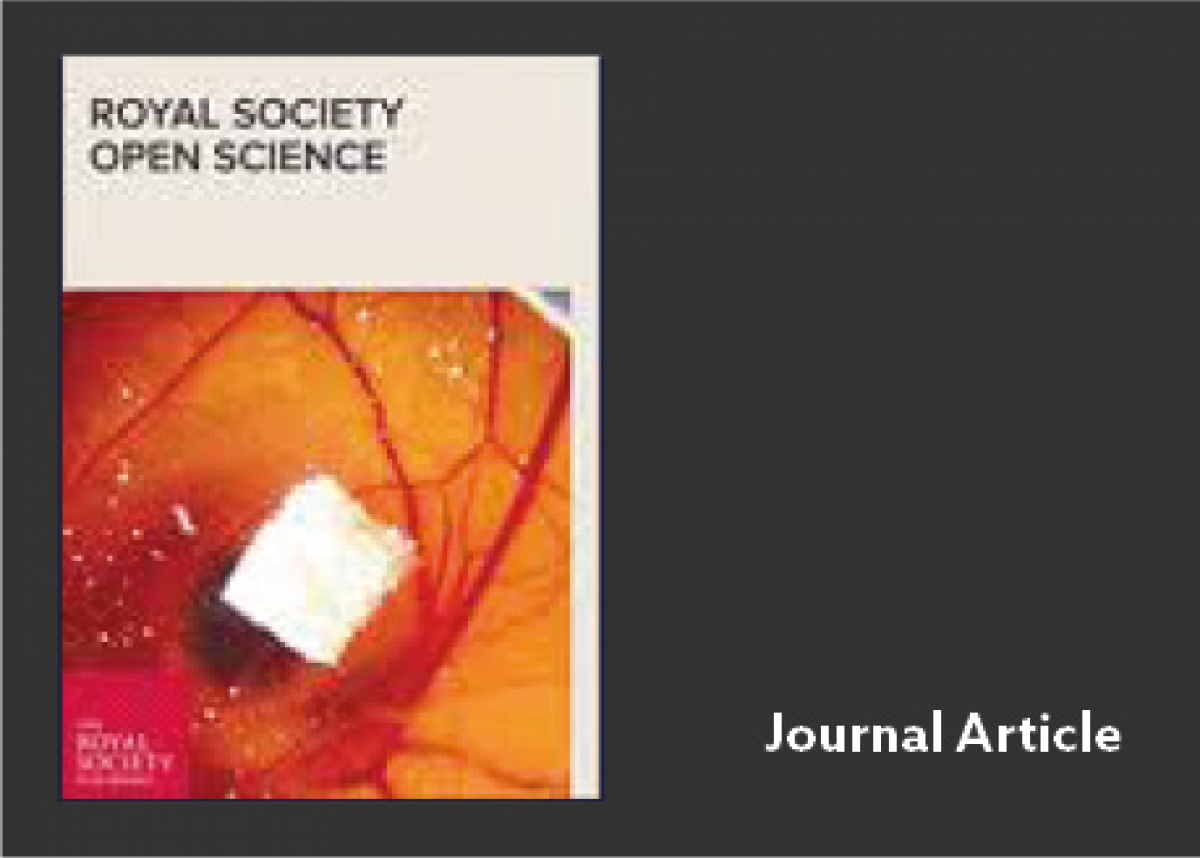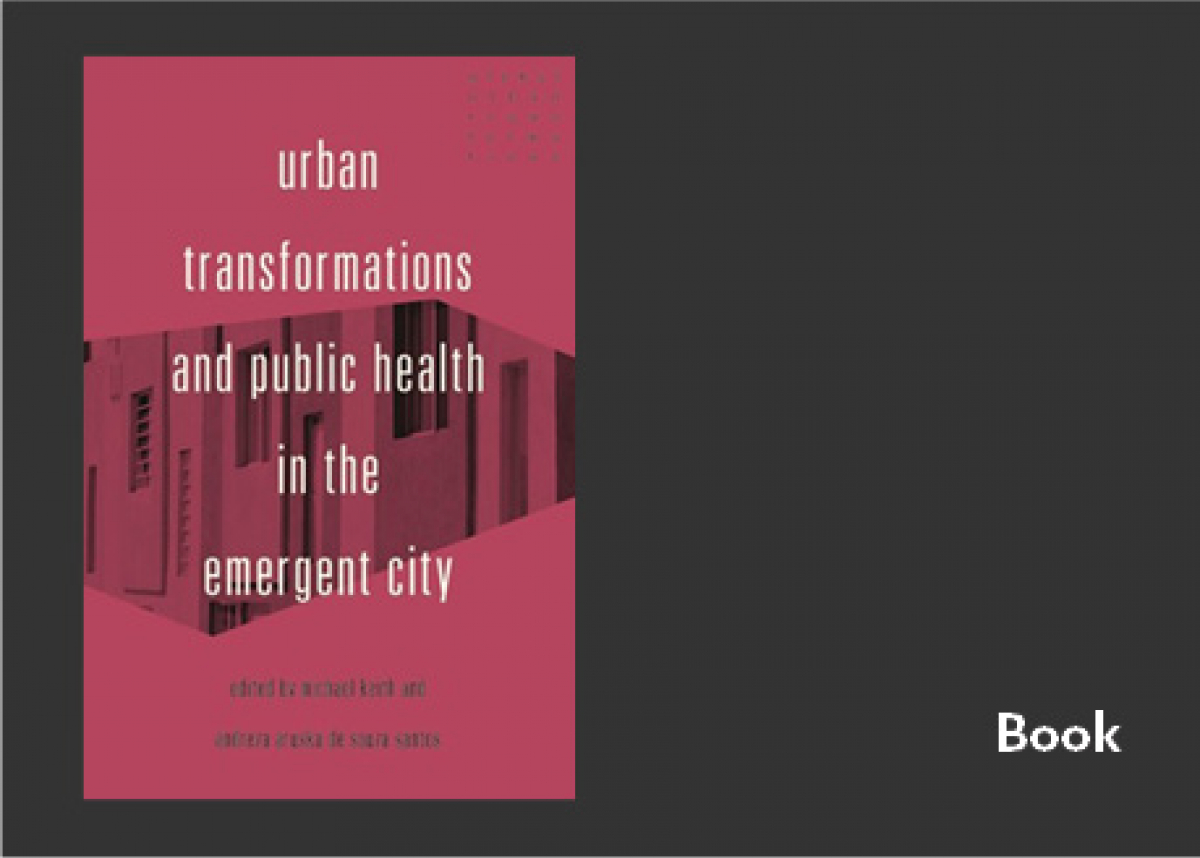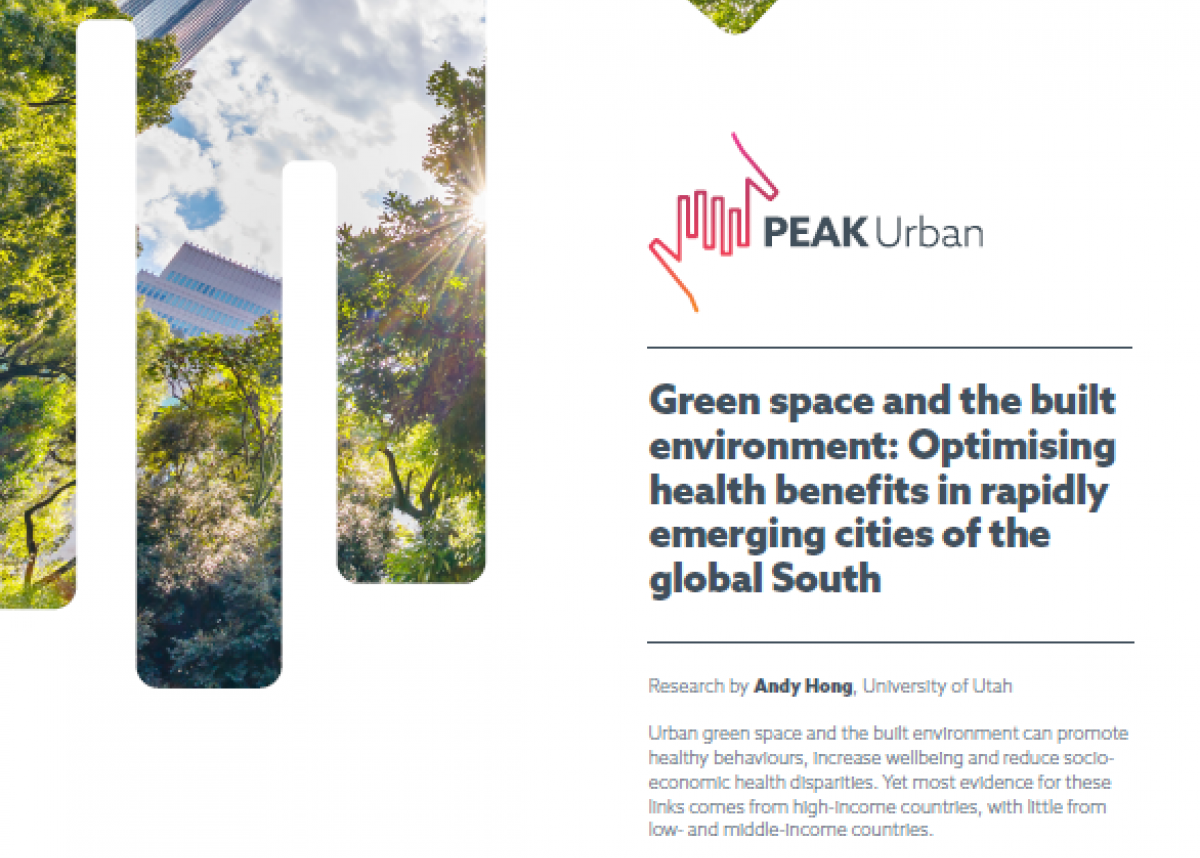
Ambient pollen and air quality on children’s lung function: is there a synergy?
Children are particularly vulnerable to airborne pollutants due to their immature lungs and immune system. Many studies have reported deleterious effects of exposure to ambient air pollution, in acute or chronic timeframe, on respiratory health in children. Ample epidemiological evidence has suggested associations between high airborne pollen count and emergency hospital visits for allergies and asthma exacerbation in children.
The interplay between air pollutants and pollen is well described in many experimental studies. In epidemiological studies, while it is clear that both ambient air pollution and pollen have independent associations with poor respiratory health, their interactive effects are less certain.These mixed results, in fact, reflect the complexity in concentration, toxicity/allergenicity and seasonality of both air pollutants and pollen in diverse geographical settings. To date, most studies in this field were of time-series or case-crossover design, and focused primarily on asthma and respiratory symptoms.
To address this knowledge gap, in this issue of Thorax, Amazouz et al investigated whether recent exposure to both air pollution and pollen could affect levels of spirometric lung function and fractional exhaled nitric oxide (FeNO) among 1063 eight-year-old children from the population-based Pollution and Asthma Risk: an Infant Study cohort.
Comparing children in the low exposure cluster, children with moderate exposure to grass pollen and low level air pollution exposure (ie, grass pollen cluster) in the 4 days prior to lung function testing had significantly lower forced expiratory volume in one second (FEV1) and forced vital capacity (FVC) levels by 40 and 57 mL, respectively. Children with high PM10 exposure but low pollen exposure (ie, PM10 cluster) had higher levels of FeNO, a biomarker of airway inflammation. These associations tended to be stronger among asthmatic children but not pollen-sensitised children.
The joint analysis showed that children (5% of total 973) with simultaneous exposures to high grass pollen and poor air quality had lower FEV1 and FVC levels by 70 and 92 mL, respectively, as compared with children (51% of total 973) with low exposure to both grass pollen and air pollution.
